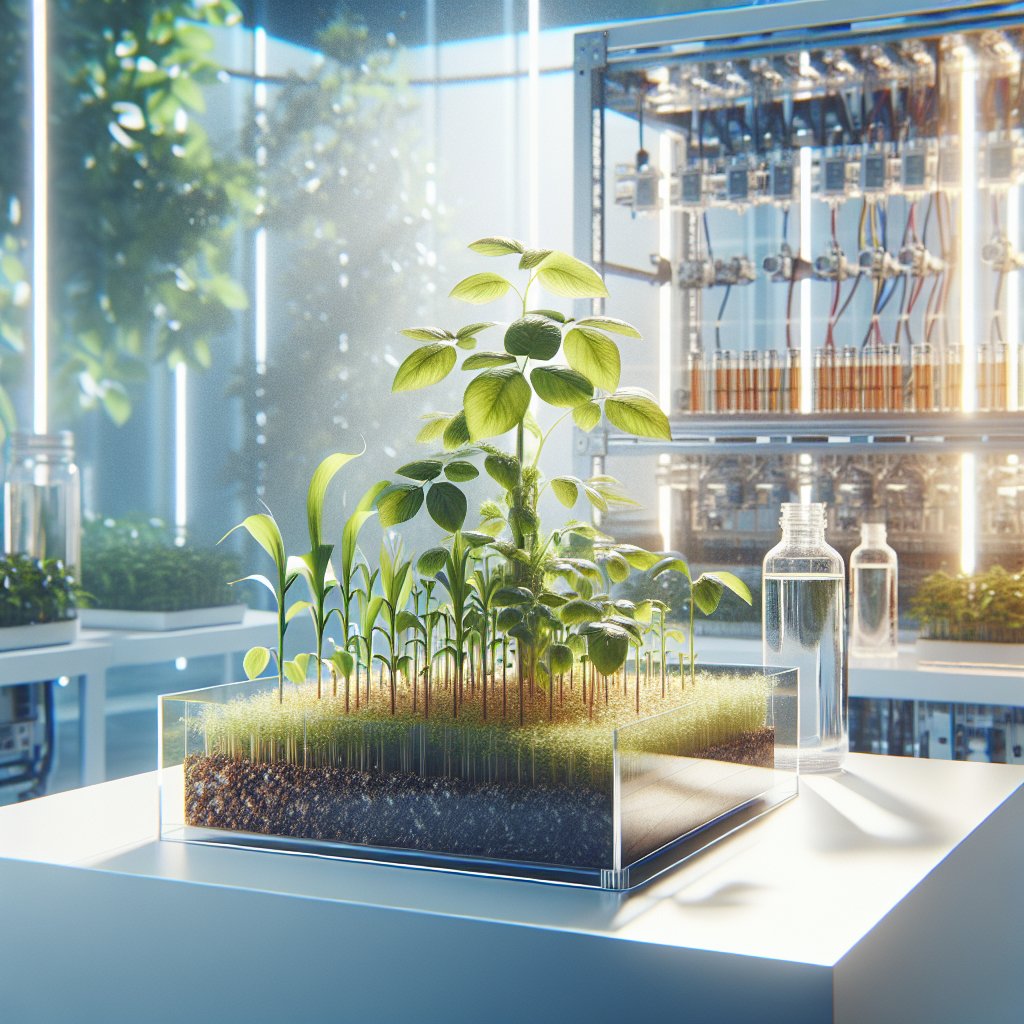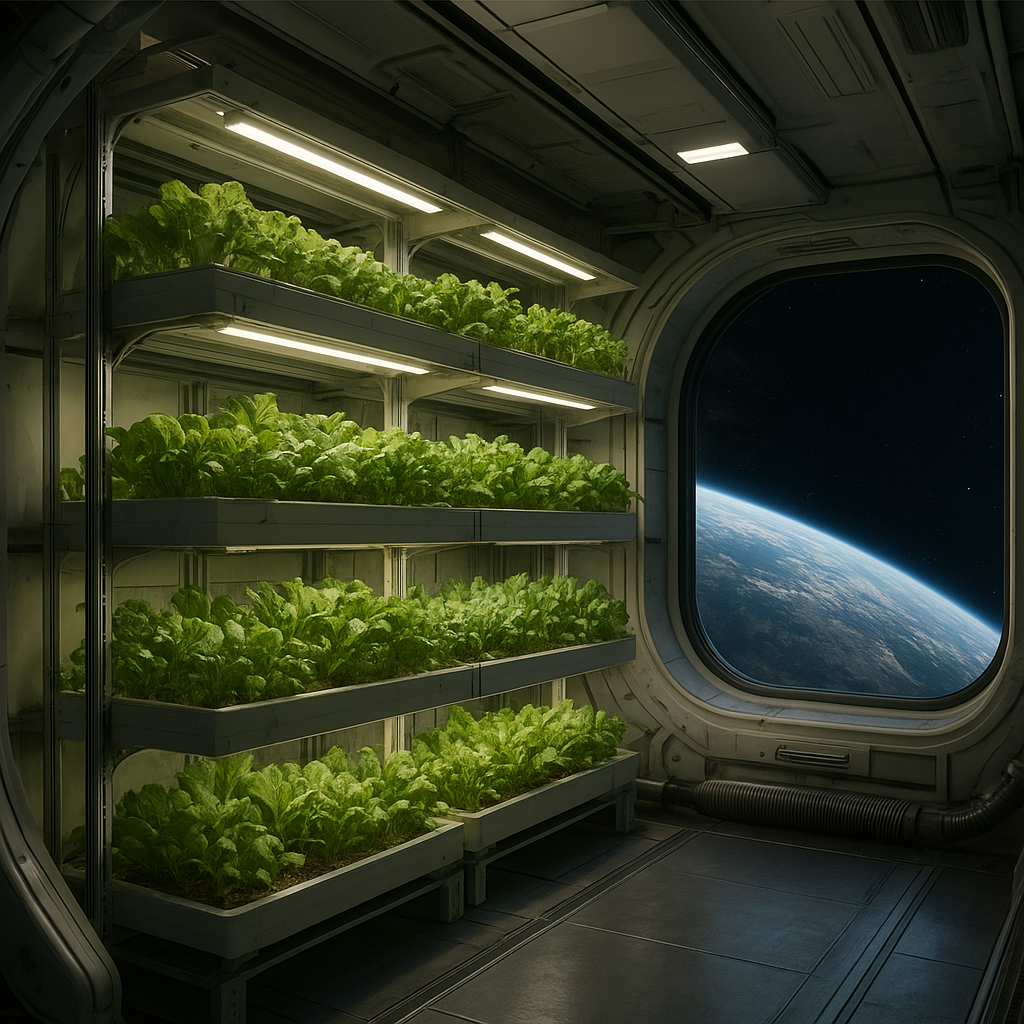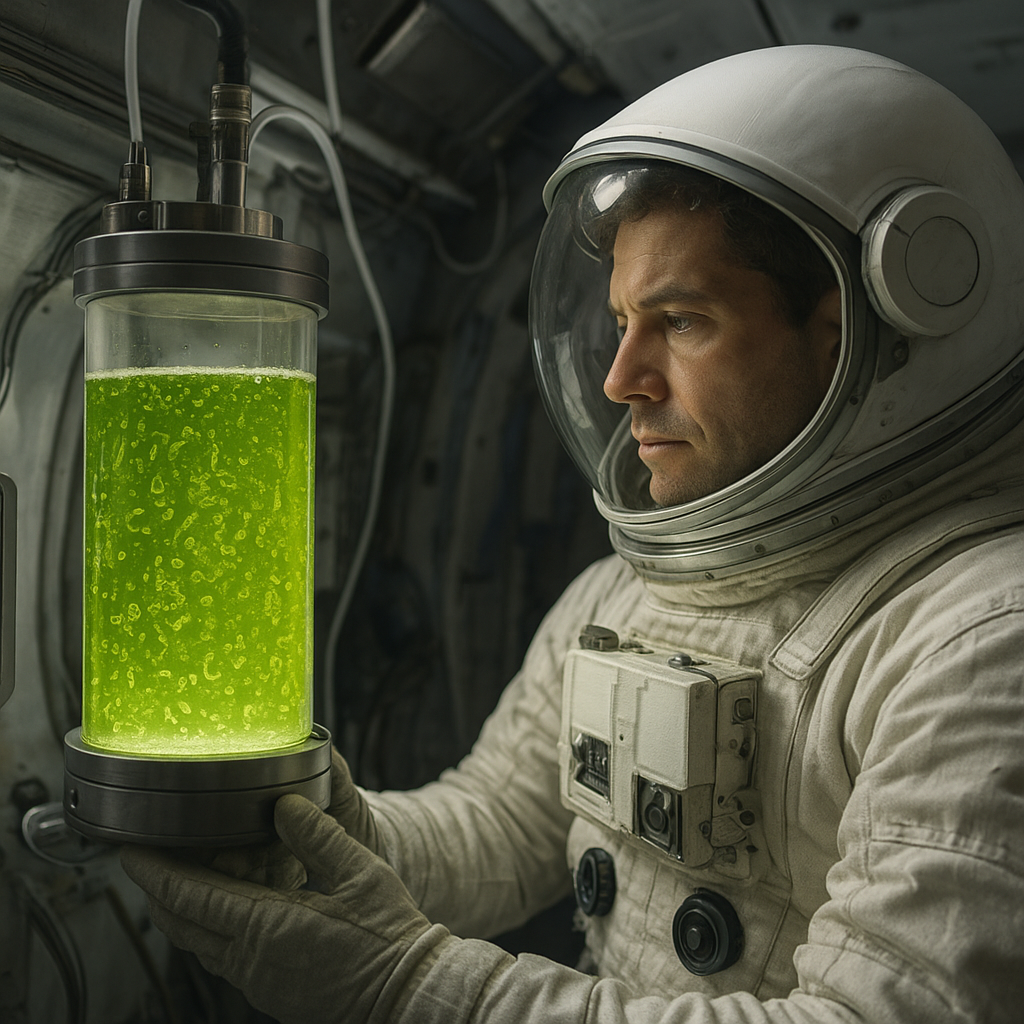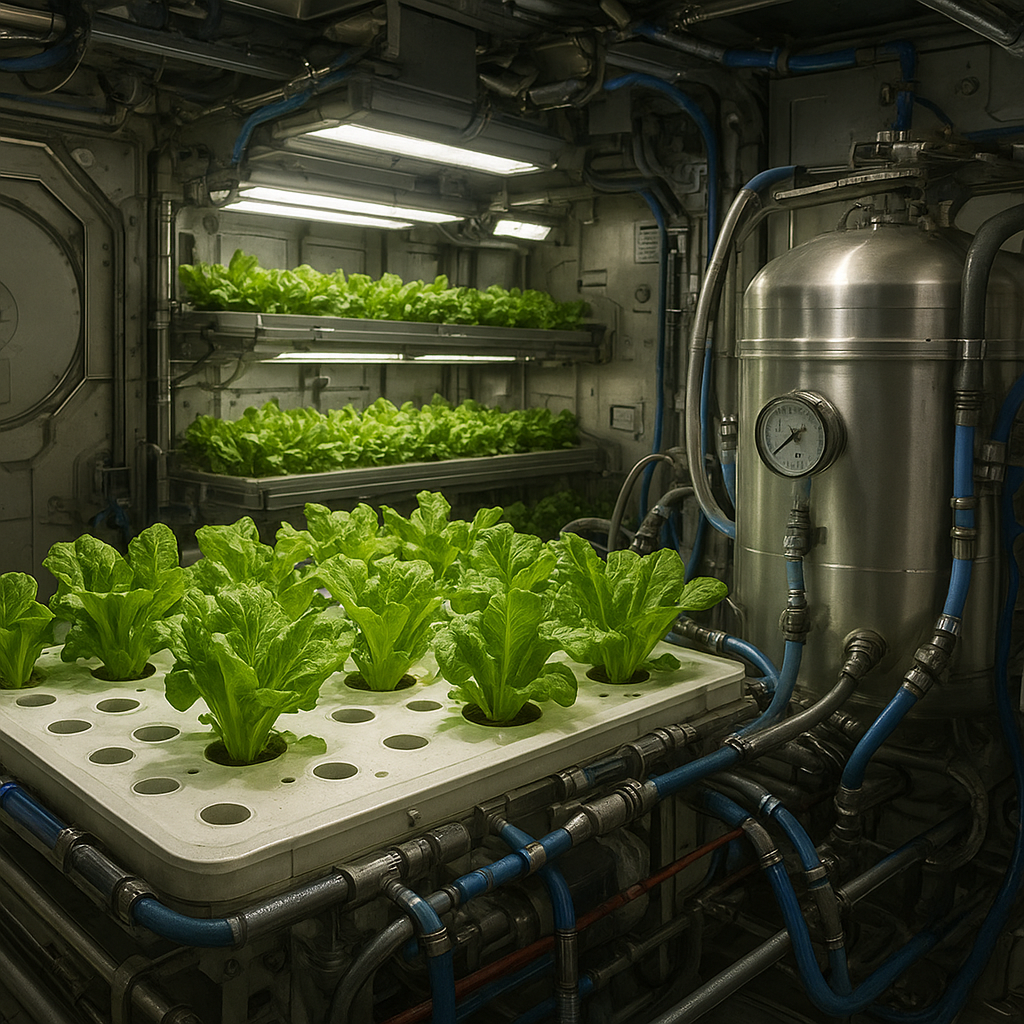The impact of space radiation on crops is a critical area of research as humanity looks toward the stars for future colonization and exploration. As we venture beyond Earth, understanding how cosmic radiation affects agricultural practices becomes essential for sustaining life in extraterrestrial environments. This article delves into the complexities of space radiation, its effects on plant biology, and the innovative strategies being developed to mitigate these challenges.
Understanding Space Radiation
Space radiation consists of high-energy particles originating from the sun and cosmic sources beyond our solar system. Unlike the radiation we encounter on Earth, which is largely filtered by the atmosphere, space radiation poses unique challenges due to its intensity and composition. The primary components of space radiation include:
- Galactic Cosmic Rays (GCRs): These are high-energy particles that originate from outside the solar system, primarily from supernovae and other cosmic events.
- Solar Particle Events (SPEs): These are bursts of energetic particles emitted by the sun, particularly during solar flares and coronal mass ejections.
- Secondary Radiation: When primary cosmic rays interact with the spacecraft or planetary surfaces, they can produce secondary particles that further contribute to the radiation environment.
The intensity of space radiation increases with altitude and distance from Earth, making it a significant concern for astronauts and future space colonists. For crops grown in space habitats or on other planets, understanding the effects of this radiation is crucial for ensuring food security and sustainability.
Effects of Space Radiation on Plant Biology
Plants are essential for life, providing oxygen, food, and other resources. However, exposure to space radiation can have detrimental effects on their growth and development. Research has shown that radiation can impact plants in several ways:
1. DNA Damage
One of the most significant effects of space radiation on crops is DNA damage. High-energy particles can break DNA strands, leading to mutations that may affect plant growth, reproduction, and overall health. Studies have indicated that even low doses of radiation can cause genetic alterations in plants, which may result in reduced yields and compromised resilience to environmental stressors.
2. Altered Growth Patterns
Radiation exposure can disrupt normal growth patterns in plants. For instance, studies have shown that plants exposed to simulated space radiation exhibit stunted growth, altered leaf morphology, and changes in root development. These alterations can hinder the plant’s ability to absorb nutrients and water, ultimately affecting its survival and productivity.
3. Impacts on Photosynthesis
Photosynthesis is the process by which plants convert sunlight into energy. Space radiation can impair this vital process by damaging chloroplasts, the organelles responsible for photosynthesis. Research has demonstrated that radiation exposure can lead to decreased chlorophyll production, resulting in reduced photosynthetic efficiency and lower biomass accumulation.
4. Stress Responses
Plants have evolved various mechanisms to cope with environmental stressors, including radiation. However, excessive radiation can overwhelm these defense mechanisms, leading to increased susceptibility to diseases and pests. The stress response may also divert energy away from growth and reproduction, further compromising crop yields.
Mitigation Strategies for Space Agriculture
1. Shielding Techniques
One of the most straightforward methods to protect crops from space radiation is through physical shielding. This can involve using materials that absorb or deflect radiation, such as polyethylene, water, or specialized composites. Research is ongoing to determine the most effective shielding materials and designs for use in space habitats and greenhouses.
2. Genetic Engineering
Advancements in genetic engineering offer promising solutions for enhancing plant resilience to radiation. By identifying and manipulating genes associated with stress responses, scientists can develop crop varieties that are more resistant to the damaging effects of radiation. This approach could lead to the creation of hardier plants capable of thriving in extraterrestrial environments.
3. Controlled Environment Agriculture (CEA)
Controlled environment agriculture involves growing crops in highly regulated conditions, such as hydroponic or aeroponic systems. By controlling factors like light, temperature, and humidity, researchers can create optimal growing conditions while minimizing exposure to harmful radiation. This method also allows for the recycling of resources, making it a sustainable option for space agriculture.
4. Radiation-Resistant Crop Varieties
Through selective breeding and biotechnological methods, researchers are working to develop crop varieties that exhibit inherent resistance to radiation. These varieties may possess traits that enhance their ability to repair DNA damage or tolerate stress, making them more suitable for cultivation in space.
Future Prospects and Research Directions
The intersection of agriculture and space exploration presents exciting opportunities for innovation and discovery. As we continue to explore the cosmos, the need for sustainable food production systems will only grow. Future research directions may include:
1. Long-Term Experiments in Space
Conducting long-term experiments aboard the International Space Station (ISS) or future lunar and Martian habitats will provide valuable insights into the effects of space radiation on crops. These experiments can help researchers understand how plants adapt to prolonged exposure and identify effective mitigation strategies.
2. Collaboration Between Disciplines
Addressing the challenges of space agriculture requires collaboration between various fields, including plant biology, materials science, and engineering. Interdisciplinary research efforts can lead to innovative solutions that enhance our understanding of plant responses to radiation and improve agricultural practices in space.
3. Public Engagement and Education
As interest in space exploration grows, engaging the public in discussions about space agriculture is essential. Educational initiatives can raise awareness about the importance of sustainable food production in space and inspire the next generation of scientists and engineers to tackle these challenges.
Conclusion
The impact of space radiation on crops is a multifaceted issue that requires urgent attention as humanity prepares for future exploration beyond Earth. Understanding the effects of radiation on plant biology and developing effective mitigation strategies will be crucial for ensuring food security in space. Through innovative research and collaboration, we can pave the way for sustainable agriculture that supports life on other planets, ultimately expanding our horizons and securing a future for humanity among the stars.




